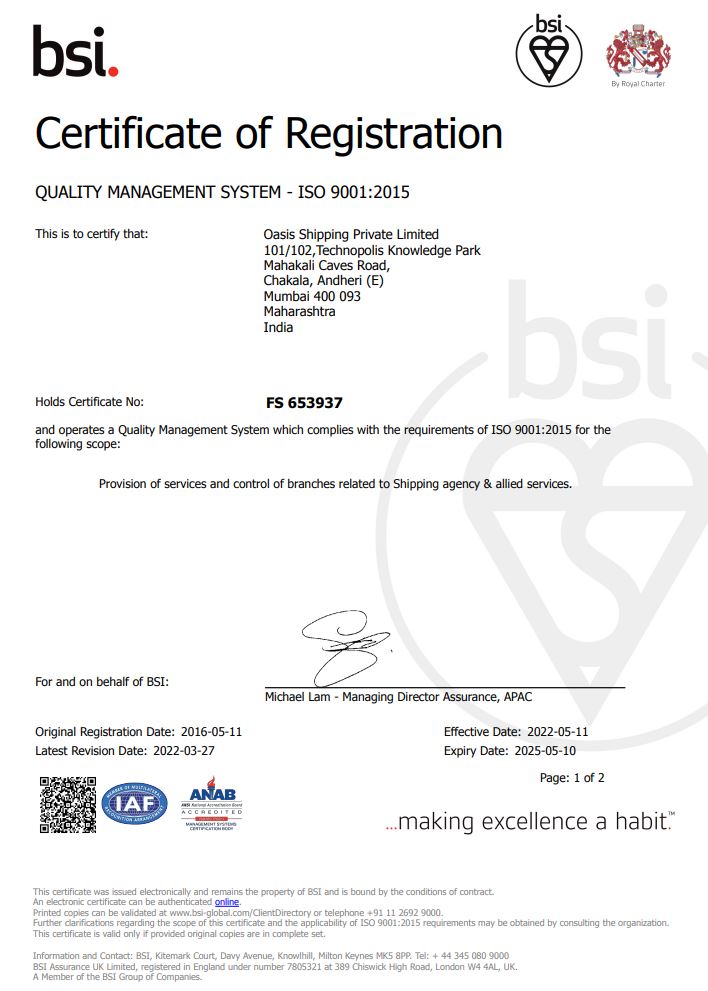The totality of features and characteristics of a product or service that bear on its ability to satisfy stated or implied needs.
Note: The ISO9000 standards on quality management and quality assurance consists of 4 standards: 9000 guidelines for selection and use, 9001 model for quality assurance in design/development 9002 model for quality assurance in production and installation, 9003 model for quality assurance in final inspection and test, and 9004 guidelines for quality management and quality system elements, part 2 are guidelines for services.


